| SOLSTICE: An Electronic Journal of Geography and Mathematics Persistent
URL: http://deepblue.lib.umich.edu/handle/2027.42/58219
|
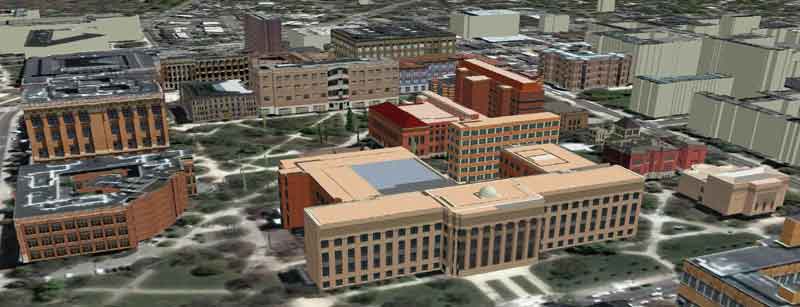 |
Works best with a high speed internet connection.
| SOLSTICE: An Electronic Journal of Geography and Mathematics Persistent
URL: http://deepblue.lib.umich.edu/handle/2027.42/58219
|
 |
December, 2012 |
||||||||||||||||||
|
QR
Code Alterations
Sandra L. Arlinghaus 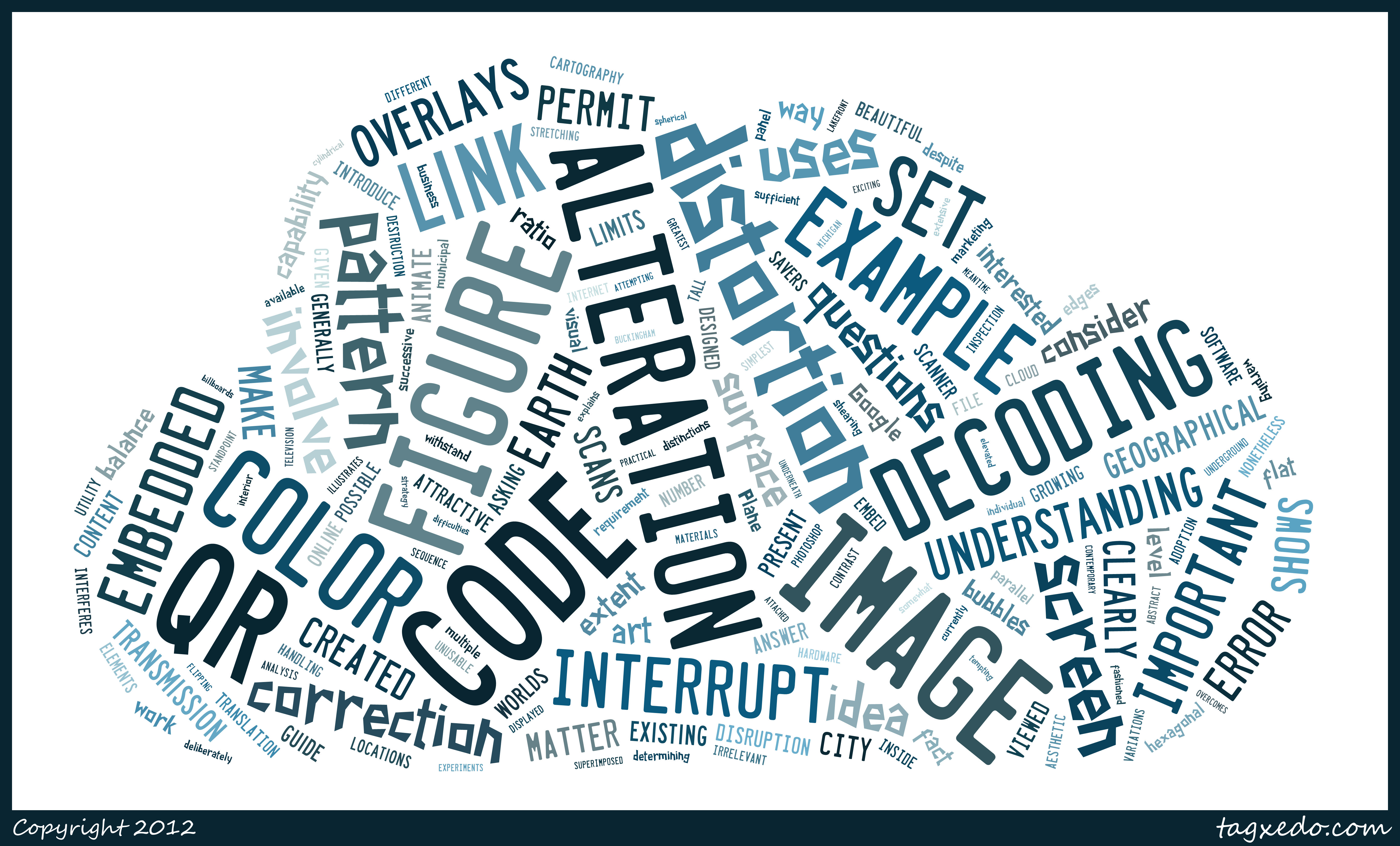 Map
alteration,
through distortion, interruption, overlays, and so
forth, is an idea
that is familiar to most geographers. A QR
code might be viewed
as a "map"---it employs a mathematical code to
direct understanding of
content. While the geographical map uses
mathematics to guide
understanding of content of the Earth, the QR code
map uses mathematics
to guide understanding within electronic worlds (link
to general
pattern of meaning within a QR code).
One might ask questions about QR codes in the same way one does about geographical maps. Indeed, is there some sort of parallel world of QR-cartography? What alterations of a QR image do not destroy the embedded link to a website (or other)? Some of the answer to that question lies in the extent of embedded error correction within the underlying code. The greater the correction capability, the greater the surface pattern can be disrupted without loss of transmission capability. Nonetheless, are there certain geometric styles of pattern disruption that are permitted? Figure 1 shows simple pattern destruction that still permits code transmission.  Figure 1.
Source: http://en.wikipedia.org/wiki/File:QR_Code_Damaged.jpg
It is important to understand what sorts of alterations of QR code pattern will still permit decoding of the image. From an aesthetic viewpoint, it is important to be able to make attractive QR codes to encourage their use. From a marketing viewpoint, it is important to be able to make QR codes clearly linked to a business. And, from a municipal viewpoint, it is important to be able to make QR codes as parts of official documents that will withstand handling by multiple parties, as in the case of the recent adoption of a requirement by the City Council of the City of New York, that every city agency that has inspection, permit, license, or registration information online post a QR code linking to it (Pereira, 2012). Geometric Alterations within the Plane Color
Change
Perhaps the simplest alteration is color change. The contrast between dark and light needs to be sufficient for the scanner to make suitable distinctions, but beyond that, color is irrelevant. Black and white is no different from color. Changing color may slightly improve design appearance. As with a map, four colors suffice. Too many colors create visual clutter. The images in Figure 2 offer some ideas involving color change; all should decode by going to the same url. The interested reader can find any number of color (and other) variations created by folks all across the Internet: link.
Distortion
Image
creation software, such as Adobe Photoshop, may be
used to soften the
edges of images and introduce a host of
filters. Some of these
introduce distortion that is slight enough not to
alter code
transmission. The user is engaging in a
balancing act with the
level of error correction built into the code on one
side and the level
of power of image alteration on the
other. Figure 3 offers
a set of examples of image alteration through
artistic
distortion. Many others are available online (Beautiful
Pixels, 1010, for example). These
distortions involve
alteration of the pattern within a given
canvas.
More generally, one might wonder how the aspect ratio itself might be altered and still preserve code. Figure 4 offers a set of examples of image alteration through aspect ratio distortion (again, the level to which one can perform such distortion will be tied to error correction capability). In Figures 4a and 4b the decoding is swift. In Figure 4c, one scanner could not decode it while another could do so. Clearly there are limits to this sort of distortion but determining them is based on a variety of software, hardware, and error correction factors. What is important to note is that in fact there are limits beyond which aspect ratio distortion yields the code unusable. This fact might come into play if one were to consider tattoos on growing humans, etching QR codes into the bark of growing trees, and no doubt a variety of other possibilities involving a time or stretching of a surface factor.
Interruption
and
Opacity
The
shearing in Figure 3c interrupted the image (much as
a cut in the
ocean, as in a Goode's
homolosine
projection might interrupt a map).
Screen
savers often interrupt an image; in fact, that is
the idea.
Figure 5 shows an image of a QR
code that remains readable despite being covered
with a set of
semi-opaque "bubbles" from a screen saver.  Figure 5.
Bubble screen saver
does not interrupt capability to decode pattern.
Figure 5 prompts questioning the extent to which one image may be slid (translated) across a QR code with opacity adjusted. Figure 6 shows a sequence of such codes. Again, the answer is a matter of balance. In Figure 6a, the hexagonal overlay is 100% opaque. The image does not scan. In Figure 6b, the overlay is 60% opaque and the image scans but it does not scan when set to 65%. In Figure 6c, the two overlays are set at 36% each. The image scans despite the opacity of the interior hexagon being greater than 36%. Clearly location of semi-opaque elements matters and leads to asking questions about where materials might be successfully embedded within a given QR code.
Embedding
As
translation is
considered, what logos or other images in fully
opaque form may be
inserted within the QR code? The linked
file explains the process. Figure 7 shows one
existing example; there
are many others. 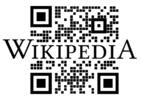 Figure 7. QR code with embedded logo. One can also turn the idea around and consider how to embed QR codes (altered or not) into existing art (as in Figures 8 and 9) or into art created with the QR code deliberately incorporated as an element of the art. A number of forward-looking original pieces of art, designed to have an embedded QR code are present in a variety of locales: one that seemed particularly attractive to this author were the examples present in the extensive PATH network linking underground dowtownToronto, Ontario locations.
Geometric Alterations beyond the Plane Warping
QR
codes are often presented on flat paper. That is
the source of
their greatest utility, currently. They also
work well when
displayed on a flat screen TV panel. Do they
work when bent...as
on the surface of an old-fashioned television
screen? Inserting a
QR code on the somewhat curved and bumpy surface of
Google Earth might
offer directions for analysis.Animation
One
way
to go beyond layering and the limits it has in terms
of successful QR
code decoding, is to animate the QR code. The
successive frames
of the animation function as individual
layers. Figure 10
illustrates a single example. While from an
abstract standpoint
this strategy overcomes a variety of difficulties,
it is really only
useful on a computer or TV screen. Thus, it
might not see the
same set of practical utility (except perhaps in a
store window on a
wide screen flat TV panel) as the static QR code
does in the
contemporary printed document. It is,
however, an exciting
prospect
to consider. 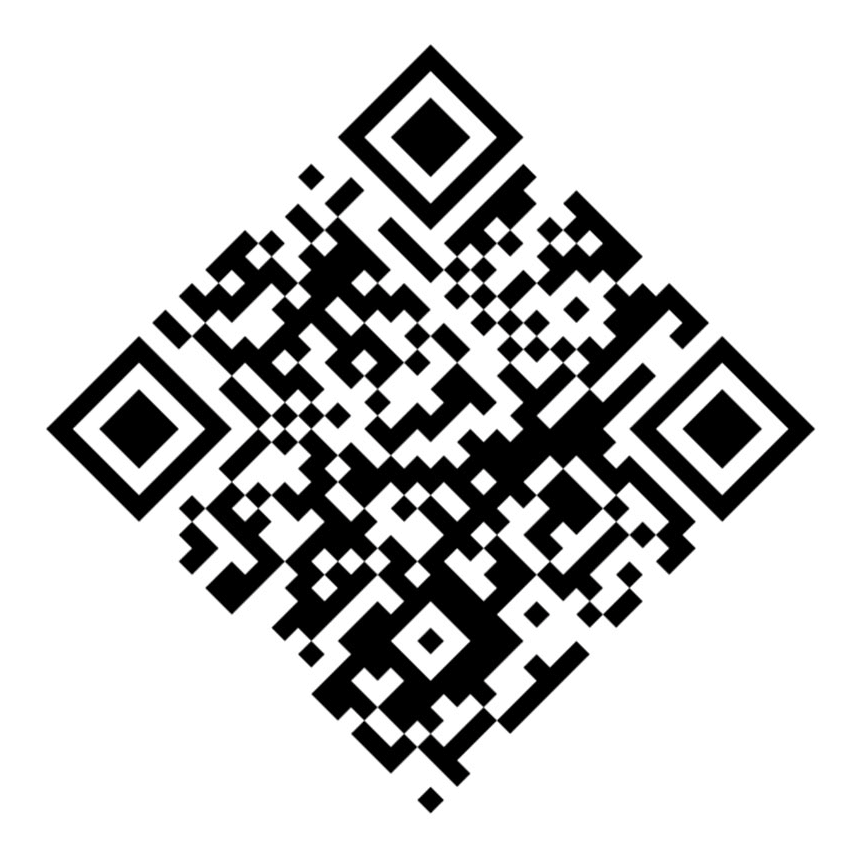 Figure 10.
Animation of QR
codes. Do the intermediate "tweening" frames
resolve correctly?
Layers It is tempting to want to tip the image so that the 3D buildings stand out more clearly. Doing so, however, interferes with decoding the QR code. In Figure 11b, the QR code has been elevated above many of the tall buildings to enhance its ability to be decoded--as a sort of "QR cloud." Zooming in on the cloud (Figure 11c), from below, suggests attempting to read the QR code from underneath. Future experiments might involve aspects of flipping (reflecting) QR codes in order to do so. They might involve putting QR codes inside bubbles in Street Views or on billboards (to avoid warping inside a spherical or cylindrical bubble). In the meantime, the interested reader might work with the attached file in Google Earth. |
||||||||||||||||||



References
|
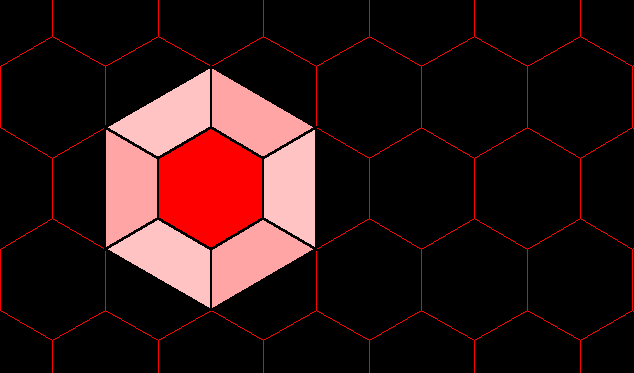 |
|||
| 1.
ARCHIVE 2. Editorial Board, Advice to Authors, Mission Statement 3. Awards
|
|
.
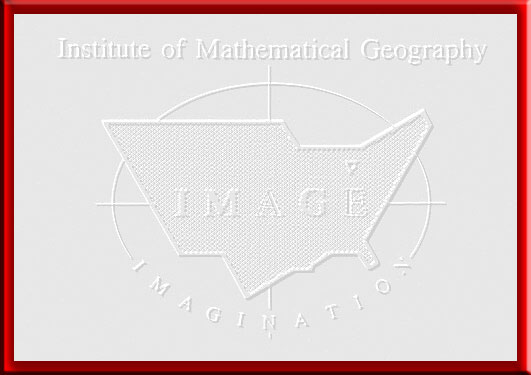
Solstice:
An
Electronic Journal of Geography and
Mathematics, |
|
Congratulations to all Solstice contributors. |
| Remembering
those who
are gone now but who contributed in various ways to Solstice
or to IMaGe
projects, directly or indirectly, during the first 25
years of IMaGe: Allen K. Philbrick | Donald F. Lach | Frank Harary | William D. Drake | H. S. M. Coxeter | Saunders Mac Lane | Chauncy D. Harris | Norton S. Ginsburg | Sylvia L. Thrupp | Arthur L. Loeb | George Kish | |